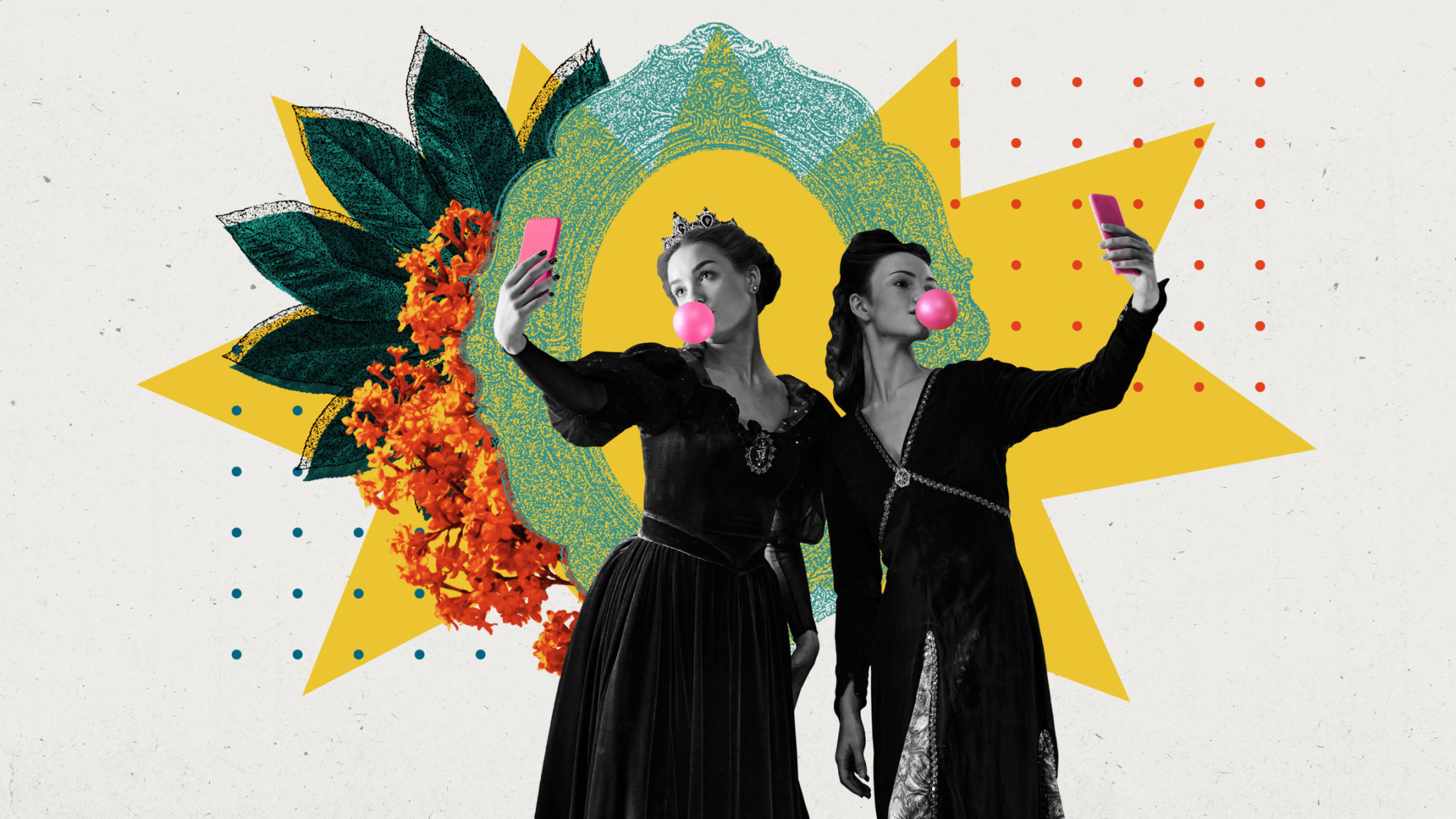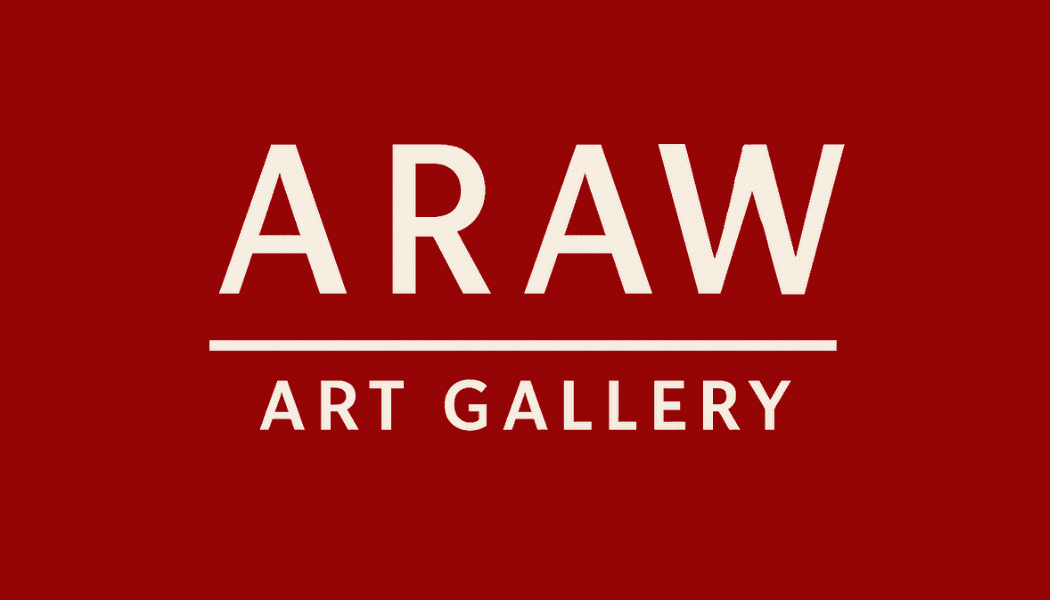Understanding Philippine Art: Cultural Influences and Inspirations
Exploring the Rich Tapestry of Philippine Art
Diving into the world of Philippine art is like embarking on a journey through the country's storied past and vibrant culture. From ancient tribal artifacts to contemporary pieces that push boundaries, Philippine art offers a unique blend of influences and inspirations that reflect the nation's diverse heritage.

The Indigenous Roots
The earliest expressions of Philippine art can be traced back to indigenous tribes that inhabited the islands long before Spanish colonization. These communities created intricate crafts, including weaving, pottery, and tattooing, each imbued with spiritual significance and passed down through generations. The Ifugao rice terraces and the intricate patterns on T'boli textiles stand as testaments to these artistic traditions.
These indigenous artistic practices were not merely decorative; they were deeply intertwined with rituals, beliefs, and daily life. The motifs and designs often symbolize stories of creation, nature, and ancestral lineage, offering a glimpse into the rich cultural tapestry of early Filipino societies.
The Colonial Influence
With the arrival of Spanish colonizers in the 16th century, Philippine art underwent a significant transformation. The influence of Catholicism became evident as religious iconography and church architecture flourished. Artists began to incorporate Western styles and techniques, leading to the creation of grandiose churches adorned with intricate frescoes and sculptures.

This period also saw the emergence of painting as a prominent form of artistic expression. Works by early Filipino painters like Juan Luna and Félix Resurrección Hidalgo gained international acclaim and began to reflect themes of nationalism and identity amid colonial rule.
Modern and Contemporary Expressions
The 20th century marked a period of experimentation in Philippine art as artists sought to break free from colonial influences and explore new forms of expression. The modernist movement gave rise to artists like Fernando Amorsolo, known for his idyllic scenes of rural life, and Victorio Edades, who introduced modernism to the Philippines with his bold, abstract styles.
Today, contemporary Philippine artists continue to innovate by blending traditional techniques with modern themes. Many tackle social issues, explore cultural identity, and push the boundaries of what art can be. This dynamic evolution keeps Philippine art vibrant and relevant on the global stage.

Global Recognition and Cultural Pride
Philippine art has gained international recognition for its distinct voice and rich cultural narratives. Exhibitions showcasing Filipino artists are increasingly common in global galleries, highlighting the growing appreciation for their unique contributions to the art world.
For Filipinos, art is more than just an aesthetic endeavor; it is a source of national pride and identity. It serves as a powerful medium through which they can celebrate their heritage, convey their stories, and connect with both local and international audiences.
The Future of Philippine Art
As Philippine art continues to evolve, it remains deeply rooted in its past while embracing modern influences. The fusion of traditional practices with contemporary ideas ensures that it remains both timeless and innovative.
Looking ahead, there is an exciting potential for new collaborations and cross-cultural exchanges that will further enrich Philippine art. As artists explore new mediums and technologies, they are bound to create works that resonate with audiences worldwide, ensuring that Philippine art remains a dynamic force in the global art community.
